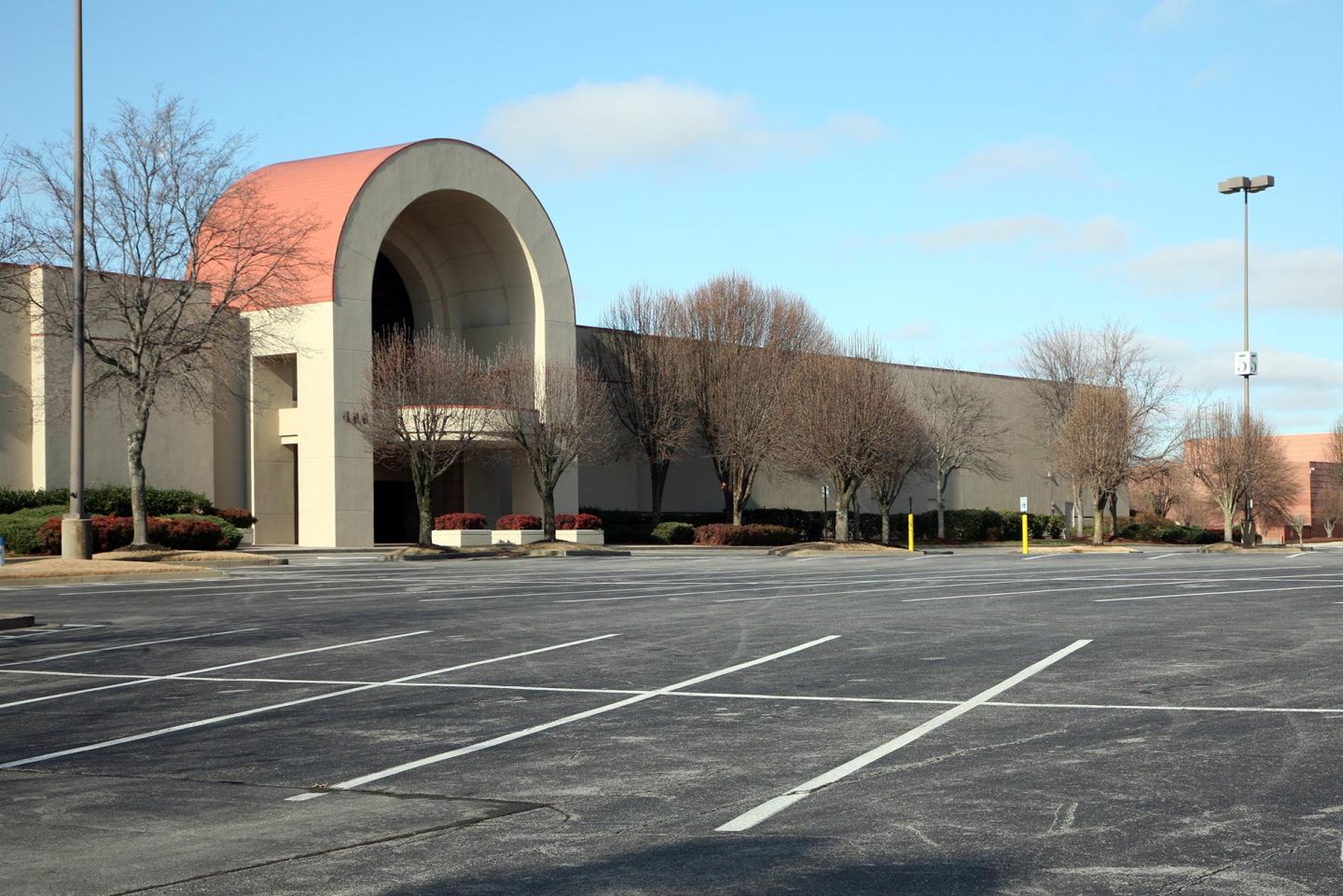For years, the rise in e-commerce has played a significant role in the decline of brick-and-mortar department stores across the country. The pandemic, which forced businesses to close and customers to move to Amazon, only sped up this process. So much so that Fortune estimates roughly 12,200 stores closed in 2020, over 2,000 more than in 2019.
As many as a third of these closings were department stores, such as JCPenney or Macy’s. Stores like these act as anchors in malls and other retail spaces, using their popularity to draw crowds to other, smaller stores. Dark windows are bad news for shopping centers like this—not only because of a decrease in consumer traffic, but also because an empty anchor can mean cotenants have the option to break their leases.
With that in mind, there are ways to repurpose these stores and give them second lives as apartments, schools, or even farms. Let’s take a look at a few other options.
Healthcare Centers
As the baby boomer generation ages and the pandemic rages, demand for healthcare services is only going to continue rising. Malls and other shopping centers are conveniently located in populated areas with high foot traffic (usually near highway exits and public transportation routes) and abundant parking. This gives consumers easy access to healthcare services, and healthcare providers increased access to their consumer base.
Vacant department stores also have the capacity for a variety of services lines, medical administrative offices, or a combination of the two. This would allow for a one-stop-shop for outpatient care, keeping unnecessary crowds away from hospitals. Finally, because it’s unlikely that demand for health services will change drastically, medical facilities could be more stable tenants than a retail anchor at a mall.
Fitness and Specialty Retail
While replacing a failed department store with another department store may not be the best bet, there are other retail ideas to consider. For example, some spaces have found success with seasonal tenants, luxury pop-ups, or high-end food courts, among other options.
Before the pandemic shut down nonessential businesses, big box stores were transforming into fitness centers with increasing regularity. With all the amenities of traditional gyms, plus the space for climbing walls, sport courts, and other nontraditional offerings, this could be a viable option once restrictions and mandates loosen up.
Alternatively, stores with high square footage could be parceled out into smaller areas to create opportunities for boutique offerings like yoga studios or smoothie shops.
Offices
Another trend that could resurge once the pandemic cools down is department stores, or even whole malls, becoming offices or coworking spaces. For example, Google leased over half a million square feet of the Westside Pavilion mall, now called One Westside, in Los Angeles to use as office space.
However, with so many organizations working from home, some permanently, developers are understandably hesitant to create new office spaces. But while roughly a third of remote employees would like to keep working from home full-time, the other two-thirds want to return to the office at least a few days a week. This means organizations will still need in-person workspaces.
Fulfillment Centers
Unlike office buildings and fitness centers, repurposing department stores into micro-fulfillment centers has taken off since the start of the pandemic. With the uptick in purchasing items online, all those orders have to be filled somewhere, and empty department stores are an excellent candidate.
Though smaller than a traditional fulfillment center, department stores are closer to consumers, which saves both time and shipping costs. Even so, most big box stores are large enough to fill local orders with ease.
Bed Bath & Beyond used this strategy with success. At the start of the pandemic, the company closed a quarter of its locations and turned them into fulfillment centers. This doubled its digital fulfillment capacity as online orders rose.
Amazon provides another example of this trend. Beginning in August, the online shopping giant entered talks with Simon Property Group about taking over a number of department stores that were formerly Sears or JCPenney locations. While using these retail spaces as distribution hubs would allow Amazon to get deliveries to customers quicker, a deal has not yet been reached as of early 2021.
Micro-fulfillment centers will bring less foot traffic than a medical facility or another retail space would, but it’s still worth considering to avoid an empty store.
The Bottom Line
A failed department store doesn’t mean the end of a mall. There are plenty of creative and useful ways to transform vacant spaces into something new.
But as with all repurposed, adapted, and mixed-use spaces, be aware of what zoning rules and ordinances your community has in place, as most department stores will likely need to be rezoned.
Curious how to attract new tenants to your vacant department stores? Check out A New Way of Approaching Tenant Recruitment.


